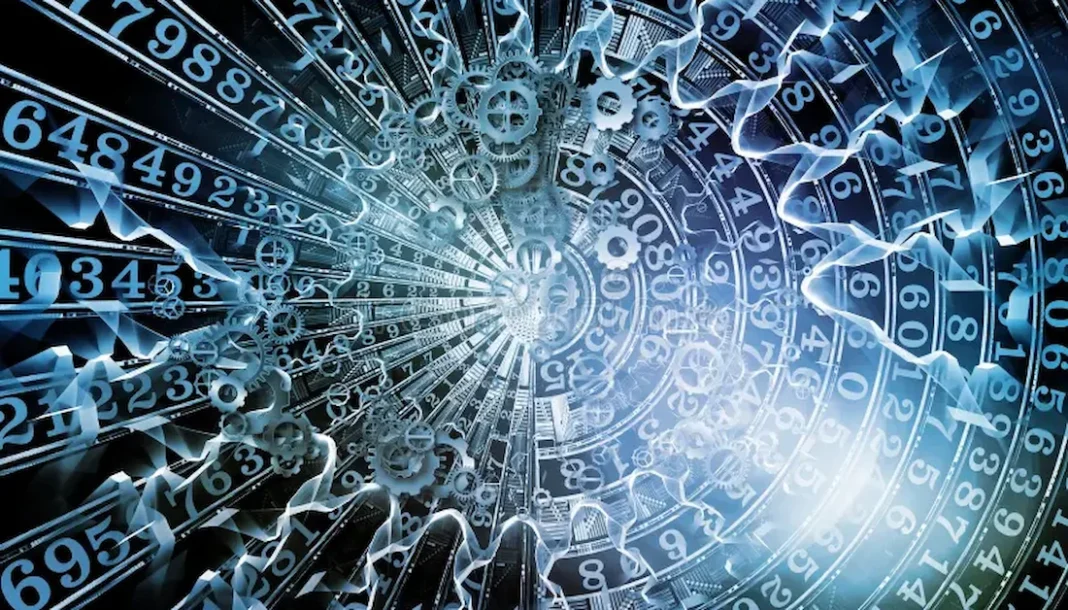Are you ready to have your mind blown? Well, buckle up! What if I told you that there’s a hidden language, a divine code underlying everything, from the patterns of the universe to the human body, and even our everyday lives. In truth, the world is not as random as we believe it to be. Far from it. Strap in for the ride, as we decode the mysterious ‘Numbers of Nature’ – the Fibonacci sequence.
Step right into the 12th century, in the heart of Pisa. There, an intellectual giant, Leonardo of Pisa (or as you might know him, Fibonacci) embarked on a voyage across Egypt, Syria, Sicily, and Provence. Driven by an insatiable love for mathematics, he unearthed a treasure, a sequence of numbers that would rock the world of mathematics. So earth-shattering were these numbers that today, we still revere them as the Numbers of Nature, bearing the name of their discoverer – Fibonacci.
The sequence is disarmingly simple. Start with 0 and 1, then add the last two numbers together to get the next. Like this: 0, 1, 1, 2, 3, 5, 8, 13, 21, 34, 55, 89, 144, 233, 377, and so on. When you divide any number in the sequence by the one that follows it (21 divided by 34, for instance), you get .618, or as the ancients called it, the ‘Golden Mean’, also known as phi. The reciprocal of this golden number is .382. Now, here’s where things start to get real freaky.
These two numbers, .618 and .382, aren’t just mathematical trivia. They’re hardwired into the very fabric of existence. Don’t believe me? Then let’s embark on a wild ride through history, science, and life as we know it.
Take the Parthenon, the crown jewel of Greece, constructed centuries before Fibonacci’s birth. The structure’s lower portion accounts for approximately 62% of its total height.
Isn’t that a little too close to our golden mean, .618, for comfort?
Coincidence?
I think not!

You’re going to see these numbers everywhere now, and I mean everywhere! The proportions of your face, the number and arrangement of your fingers, the very structure of your DNA – all uncannily adhere to these golden numbers. Even a sunflower or a seashell follows the Fibonacci spiral, exemplifying the influence of these magical numbers in nature.
And it doesn’t stop there.
Even in the chaotic world of the stock market, amidst all the unpredictability, these golden numbers bring order. Stock trends form waves proportionate to phi. Traders who’ve cracked this code trade successfully based on pre-determined patterns. Thus, the markets are not random; they’re decipherable, predictable.
But why stop on Earth?
Let’s take a cosmic leap.
Turns out, the planets in our solar system are spaced apart in a pattern eerily similar to our golden ratio. Averaging the distances results in, you guessed it, 1.618 – phi! From Mercury to Pluto, the relative distances between planets closely huddle around our golden mean. This, my friend, is not a mere cosmic coincidence but the silent whisper of an underlying order.
Now, the million-dollar question – where did these omnipresent ratios originate? Could the planets’ electromagnetic waves, which affect us here on Earth, have something to do with it? Could it explain the synchronicities we see in human behaviour and history around the world?
In the face of this divine symmetry, one wonders if God is a mathematician. This eternal order points towards an orchestrated design, a cosmic rhythm that beats through everything in the universe. As we delve deeper into the realms of science and mathematics, we’re likely to find more pieces of this cosmic jigsaw puzzle.
In summary, the Numbers of Nature, Fibonacci’s legacy, is a testament to the cosmic harmony that unites us all – from our DNA, to flowers, to celestial bodies, and even stock markets.
It’s a glimpse into the divine tapestry of existence, woven with golden threads.
As you contemplate this universal order, remember: there’s more to the world than meets the eye.
In the hidden language of numbers lies the truth about our interconnected universe, waiting to be deciphered by those bold enough to question the ordinary.





